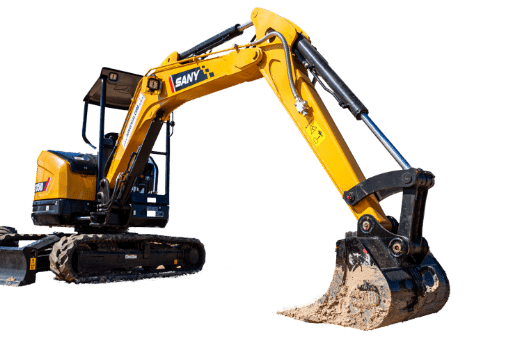Whether you’re a seasoned contractor or a do-it-yourself enthusiast, you might have come across a device known as a “trash pump.” But what exactly is a trash pump? How do trash pumps work? And most importantly, what is a trash pump used for? This comprehensive guide aims to answer all these questions and more, providing you with a robust understanding of trash pumps.
Trash pump basics and uses (The TL;DR)
Here’s what to know before choosing or using a trash pump:
- Trash pumps are strong devices designed to move water mixed with solids like sand, mud, leaves, and debris. They do this without clogging or getting damaged.
- They are often used for dewatering construction sites, managing wastewater in mining, flood control, irrigation, and handling industrial waste.
- Key parts include a tough pump housing, a rotating impeller, suction and discharge hoses, and an engine or motor. Most pumps need priming before use.
- There are different types: centrifugal, diaphragm, submersible, engine-driven, and hydraulic pumps. Each type is suited for specific tasks and environments.
- Cleaning and maintenance help trash pumps run well and last longer. This is especially true in tough or debris-heavy situations.
This summary covers trash pumps, how they function, and their best uses. This will help you choose the right pump for challenging water-moving tasks.
Defining a Trash Pump
A trash pump is a specialized pumping device engineered to handle water laden with solid materials like sand, mud, leaves, and twigs. Unlike standard water pumps, trash pumps are designed to tackle contaminated water without getting clogged or suffering damage. These durable and reliable workhorses are extensively used across various sectors like construction, agriculture, mining, and flood control.
Use Cases of Trash Pumps
Because of their unique capabilities, trash pumps are indispensable in various situations. Here are some common trash pump applications:
Construction sites
Trash pumps are often used to dewater excavation sites, preventing flooding and facilitating safe and efficient construction work.
Mining operations
In mining, trash pumps help manage wastewater and mud, ensuring the smooth operation of mining activities.
Agriculture
For agricultural purposes, trash pumps aid in irrigation and drainage, contributing to successful farming operations
Flood control
In the face of natural disasters like floods, trash pumps play a crucial role in quickly removing large volumes of water, preventing further damage to properties and communities.
Industrial settings
Industries dealing with wastewater treatment, fluids, slurries, and debris-laden liquids often rely on trash pumps for efficient waste management.
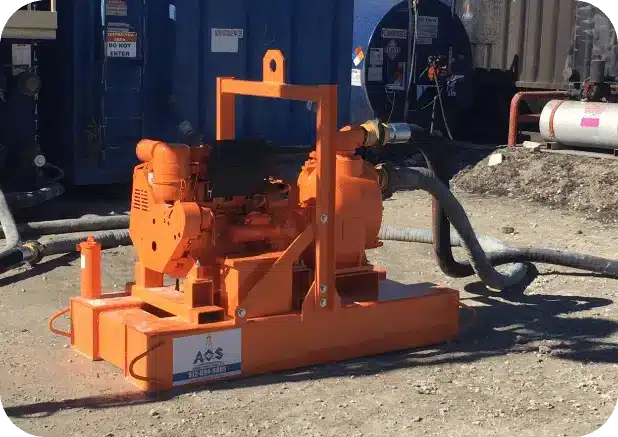
The Inner Workings of a Trash Pump
Now that we know what a trash pump is and what it’s used for, let’s delve into how it works. Here are the key components of a trash pump and their functions:
Pump Housing
Made from robust materials like cast iron or steel, the pump housing encases the impeller, the heart of the pumping action.
Impeller
The impeller is a rotating part with blades or vanes. When the pump is powered, the impeller spins quickly, creating a low-pressure area that draws water and debris into the pump.
Suction Hose
Attached to the pump housing’s inlet, the suction hose extends into the water source, drawing in water and debris.
Discharge Hose
Connected to the pump’s outlet, the discharge hose transports the pumped water and debris to the desired location.
Engine or Motor
Trash pumps can be powered by gasoline, diesel, or electricity. The engine or motor drives the impeller, generating the pumping action.
Priming System
Before operation, trash pumps need to be primed, a process that involves removing air from the pump and suction hose to create a vacuum that enables water flow.
Debris Handling
Trash pumps are designed to handle solid debris without clogging or damaging the impeller. Some models even feature built-in strainers to prevent larger debris from causing blockages.
Types of Trash Pumps
Trash pumps come in various types, each with its own set of features and applications. Here are some common types of trash pumps:
Centrifugal Pumps
Centrifugal trash pumps are the most commonly used type. These pumps convert rotational energy from an impeller into kinetic energy to move fluids and solids. They’re typically powered by gasoline or diesel engines and are known for their high flow rates and large solids handling capacity.
Diaphragm Trash Pumps
Diaphragm trash pumps use a flexible diaphragm to create a pulsating action that moves fluids and solids. These pumps are known for their ability to handle fluids with high solid content, abrasive materials, and viscous liquids.
Submersible Pumps
Submersible trash pumps are designed to operate underwater, making them ideal for applications where the pump needs to be placed in deep waters or excavations. They are typically electrically powered and come in various configurations to handle different types of fluids and solids.
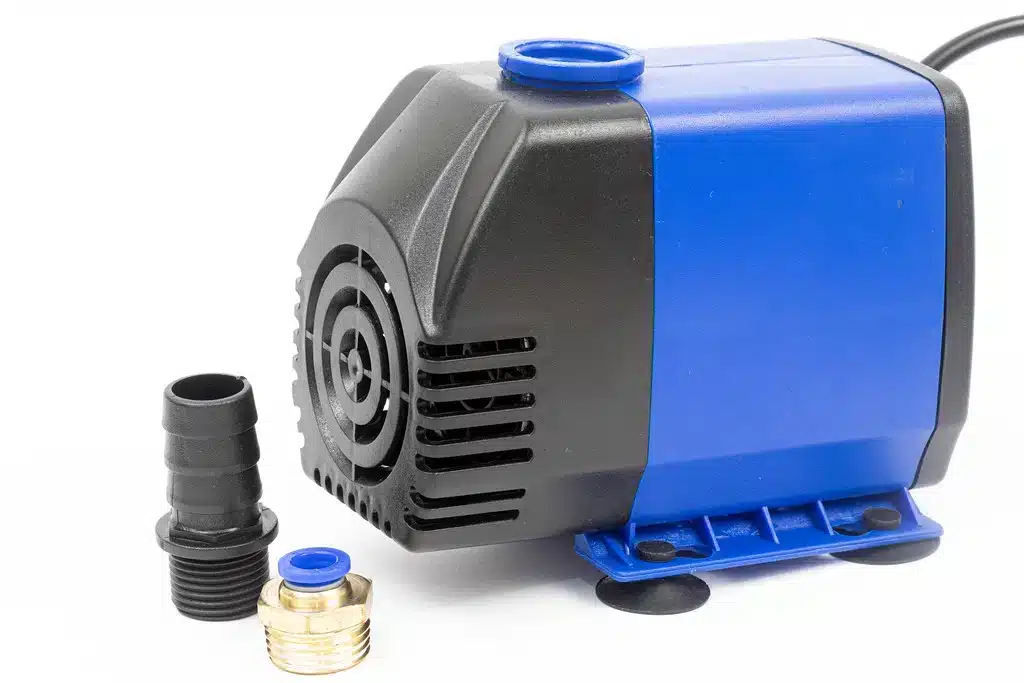
Engine-Driven Trash Pumps
Engine-driven trash pumps are powered by gasoline or diesel engines. They are known for their portability and versatility, making them ideal for use in remote locations without access to electricity.
Hydraulic Trash Pumps
Hydraulic trash pumps are powered by hydraulic systems and are versatile and compatible with existing hydraulic systems. These pumps can be either centrifugal or diaphragm type, depending on the specific needs of the application.
Conclusion
Understanding trash pumps, how they work, and what they’re used for is crucial, whether you’re a contractor, a farmer, or a homeowner dealing with flooding. Remember, when selecting electric trash pumps, consider factors like flow rate, head, solids handling capacity, power source, and portability. Additionally, regular maintenance and cleaning are crucial to ensure efficient operation and extend the lifespan of the pump.
Curious about trash pumps? Want to get your hands on one? Check out AOS Rental. With their extensive range and knowledgeable staff, they can help you find the right trash pump to meet your specific needs.
Frequently Asked Questions

What is trash pump used for?
A trash pump is used to pump water that contains larger solids. It’s designed to handle water with debris and other suspended particles, making it suitable for construction sites, agricultural fields, and flood zones where water often contains materials like sticks, stones, and other refuse.
What’s the difference between a trash pump and a sump pump?
The main difference is in their applications and design. A trash pump is designed to handle water with hard and soft solids and debris, while a sump pump is used to remove water from basements or low-lying areas, handling cleaner water without large solids.
What is the difference between semi trash pumps and full trash pumps?
The difference lies in the size of solids they can handle. A full trash pump can manage larger solids and more demanding applications compared to a semi-trash pump, which can handle smaller solids and is less robust.
Which is better high pressure water pump or trash pump?
The choice between a high pressure water pump and a trash pump depends on the application. High pressure pumps are better for moving water over long distances or up steep inclines, while trash pumps are more suited for dealing with water that contains solids and debris.





